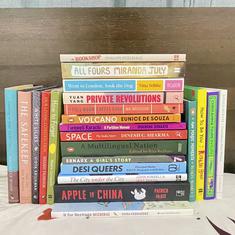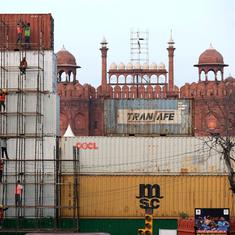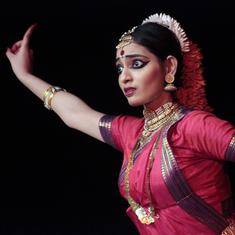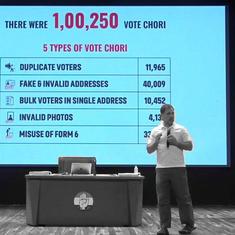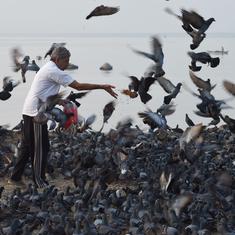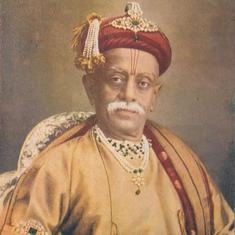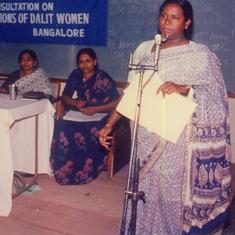Last week, we concluded our series on Rupak, a rhythmic cycle of seven matras or time-units. But I would like to briefly refer to another seven-matra taal called Tivra. It is primarily played on pakhawaj and employed by practitioners of the dhrupad form. The structure of the taals is similar, as the bar divisions are 3+2+2 in both cases. But Tivra uses bold strokes of the pakhawaj, as it belongs to this percussive tradition.
The first track features Sayeeduddin Dagar, an exponent of the Dagarbani or Dagar style of dhrupad-dhamaar. He sings a composition in Gunkali, a raag prescribed for the morning. He is accompanied on the pakhawaj by Uddhavrao Apegoankar.
Interestingly, khayal singers present the same composition in Rupak taal. For instance, here is a clip of renowned vocalist Kishori Amonkar.
The next track features two more members of the Dagar family. This is a duet between rudra veena maestro Zia Mohiuddin Dagar and his brother and vocalist Zia Fariduddin Dagar. They are accompanied by Manik Munde on the pakhawaj.
At times, Kathak dancers also employ this taal. Here is one such instance where students of Nutan Patwardhan present Tivra.
